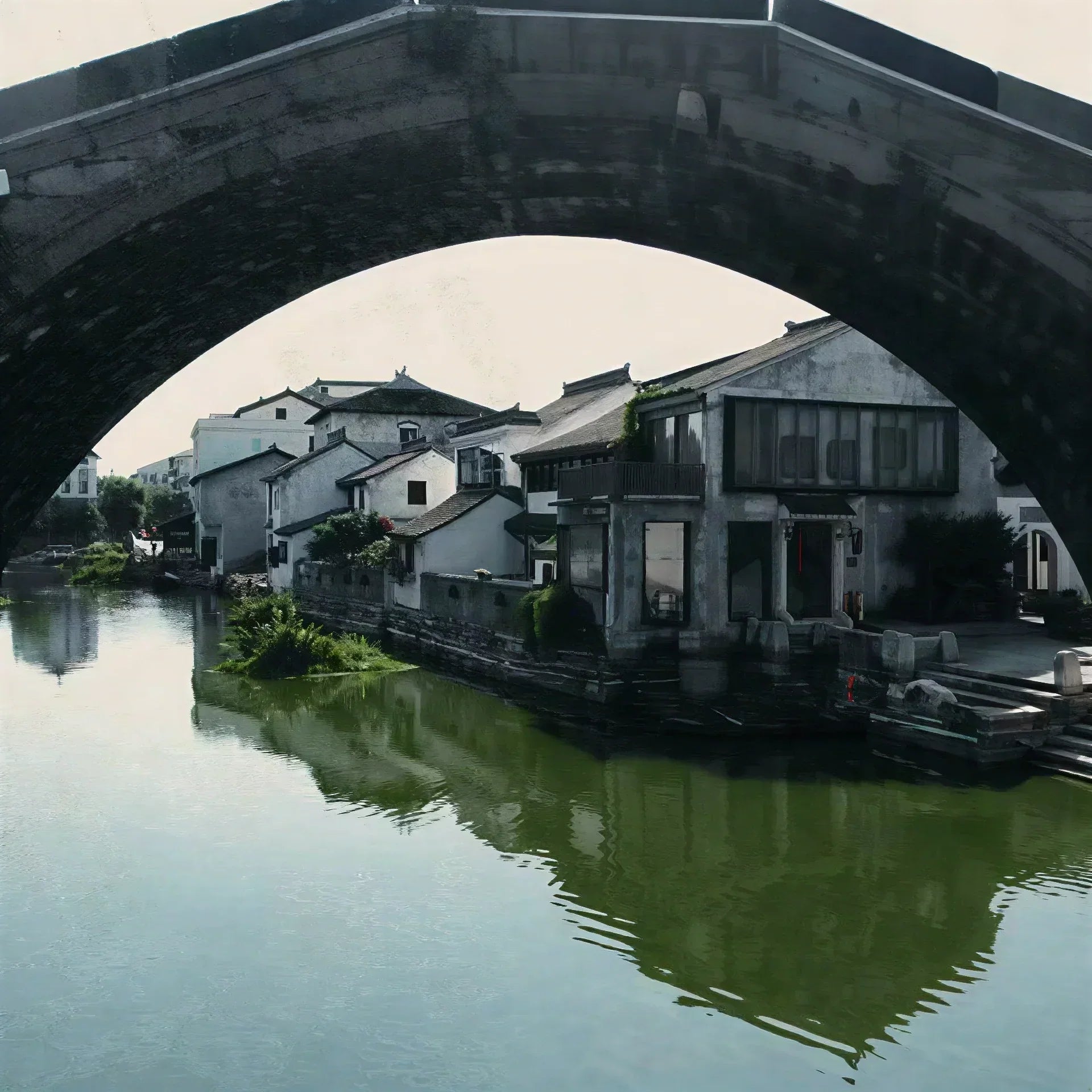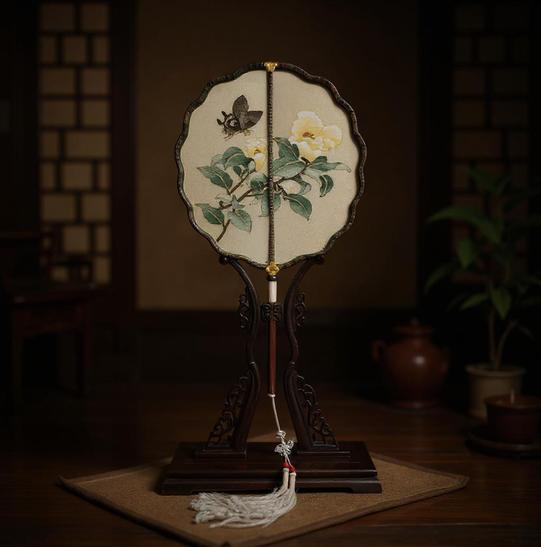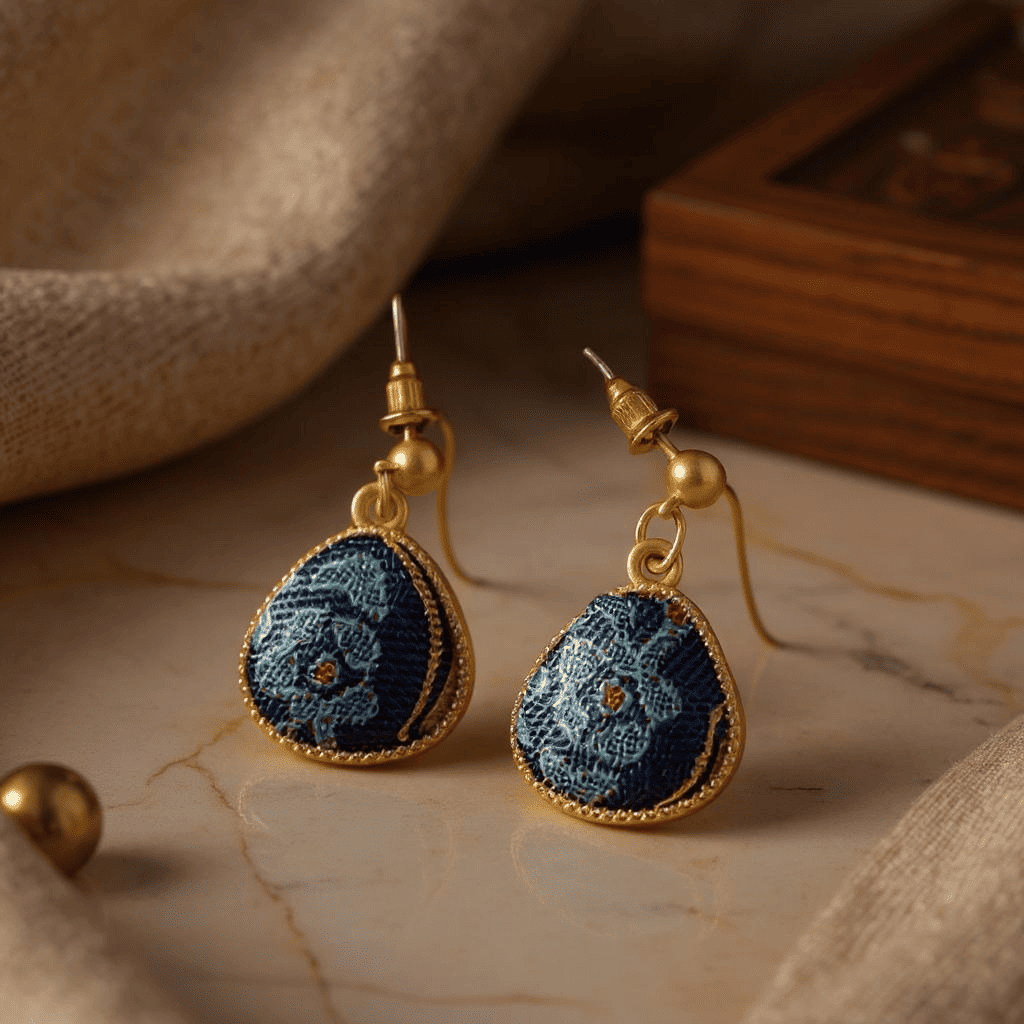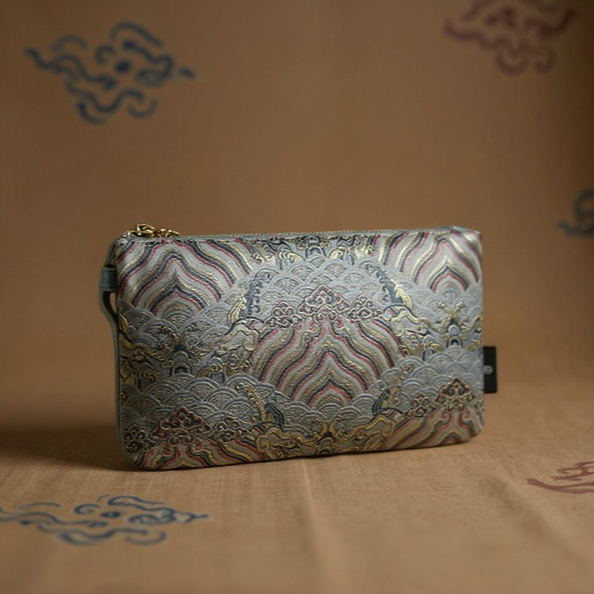The Grand Canal of Jiangsu is more than just an ancient waterway; it is also a cultural aesthetic deeply embedded in everyday life. The people living along its banks, connected to the water and rooted in its very being, have forged a unique lifestyle and aesthetic.
Amidst the whitewashed walls and black tiles of Suzhou, the canal's waters reflect stone bridges and ancient alleyways, creating one of Jiangnan's most poetic landscapes. At the morning markets of Yangzhou, steaming hot morning tea and Huaiyang snacks perpetuate the warmth of a millennium-old marketplace. And in Zhenjiang and Wuxi, the streets and ancient docks nestled along the water continue to speak of a prosperous past.
The canal's flow not only transported goods and wealth but also embodied the gentle, delicate, and relaxed demeanor of the Jiangsu people. It has infused "water culture" into architecture, art, cuisine, and crafts, transforming it into a tangible aesthetic of life. Today, the Grand Canal of Jiangsu continues to reflect the resilience and enduring beauty of Eastern culture through the lens of time.
江苏大运河,不仅是一条古老的航道,更是一种深藏于生活中的文化美学。河畔的人们,与水相依、因河而居,形成了独特的生活方式与审美意境。
在苏州的白墙黛瓦间,运河水映照着石桥与古巷,构成了江南最诗意的风景;在扬州的早市上,热腾腾的早茶与淮扬小点,延续着千年的市井温度;而在镇江与无锡,依水而建的街市与古码头,仍在述说着昔日繁荣。
运河的水流,不仅输送了物资与财富,也流淌出江苏人温润、细腻、从容的气质。它让“水文化”融入建筑、艺术、饮食与手工艺之中,成为一种可感知的生活美学。今日的江苏大运河,依旧在时间的镜面上,映照着东方文化的柔韧与恒久之美。











